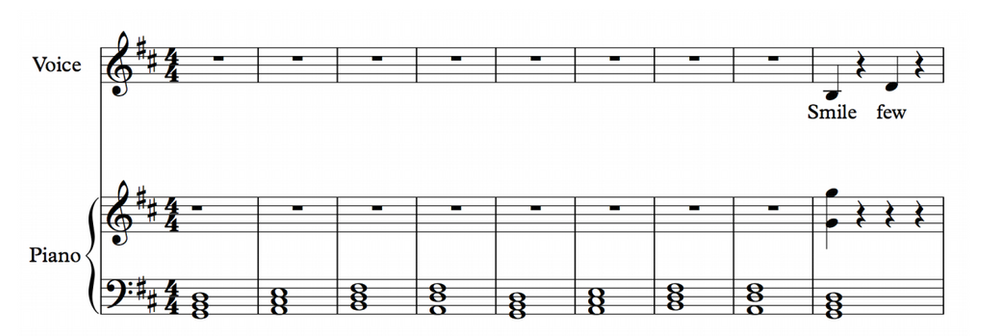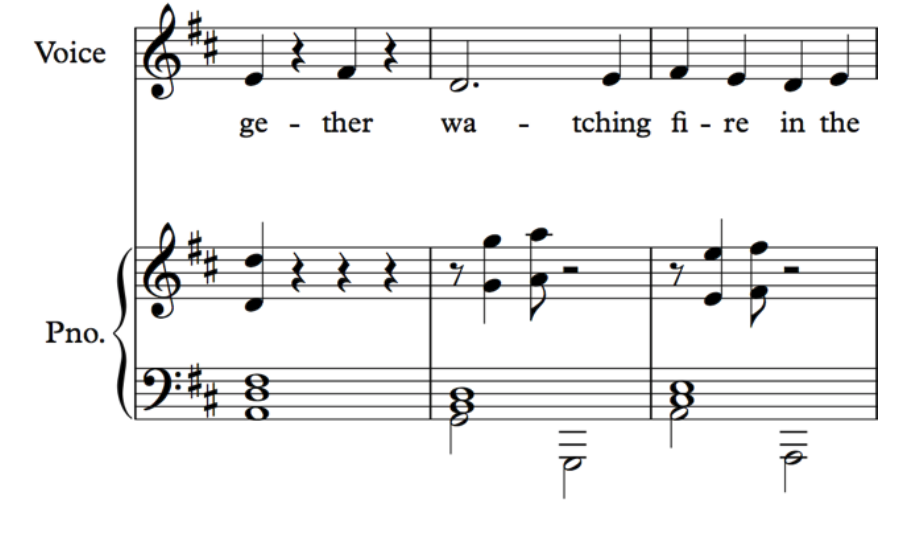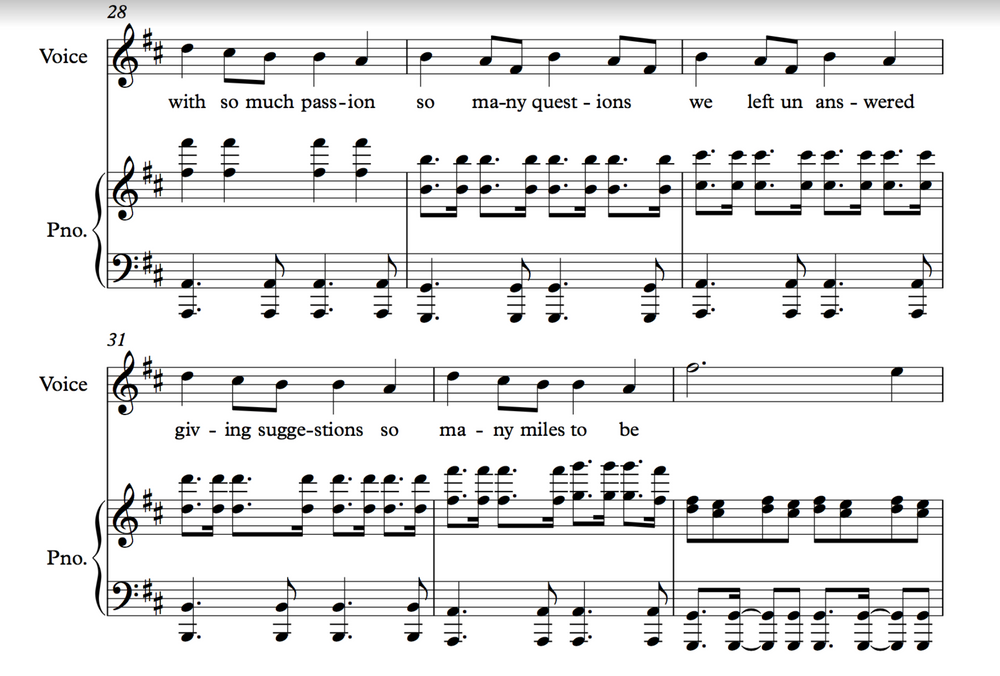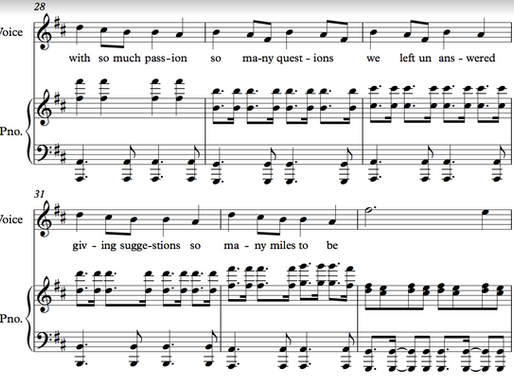Uncategorized
Rearranging a fully produced piece into a Piano Ballad
Rearranging a fully produced piece into a Piano Ballad
It’s not always possible to perform a song with the full arrangement or band, especially if the requirements are that all the music must be live, without the use of a playback. That is why we need to rearrange a song to comply these conditions.
One of my works that I recently rearranged is “Answers” – I produced the piece last year and I have performed it a few times but I wanted to perform it in two smaller venues where piano was the only instrument that could fit.
I had to plan it properly because it is not a piece of cake to transform a piece and maintain its dynamics or power. I knew I had the best pianist at hand who is also my friend – Carolina Aguirre Anderson. She was my lab rat to test all the ideas on. Lots of e-mails and WhatsApp calls but we made it. Let’s follow the story told by the piano.
Maintaining the focal points
The most important thing for me was to keep the signature passages and features of the main production. I wanted it to be delicate and grow stronger.

The song has a very simple chord progression consisting of four chords – Gmin, Amaj, Bmin, Dmaj. As in the main arrangement, this was not only the feature that allowed me to maintain the pulse but also helped me to build the sense of anticipation. The progression stays the same throughout the whole song.

I think I really missed the string part which we couldn’t recreate on the piano. But I somehow managed to create this pizzicato sensation by adding slightly syncopated phrases.
From bar 25 I copied the rhythm that they used in “This is me” from “The Greatest Showman” to add the tension to the background as the chorus was coming. Then, finally, the signature loop that was played by the strings in the main production enters.

A sudden surprise…
Working on the arrangement, me and Carolina realized, that we could make it more spicy by adding the sudden change of the mode so it would sound very unfamiliar. This brought so much tension to the second chorus that sounded slightly off-beat and rather worrying. Then it leads to the peak.

… and a difficult passage!
Then I needed to maintain the same amount of tension but not that obviously as it wasn’t exactly the most important part of the song. Keeping the same level was achieved by putting a very fast, semiquaver passage in the left hand. The bass notes are not that distinctive for the listeners but they create a kind of a shadowy, muddy chaos.

Conclusion
It is not an easy task to fulfill either for the composer and the pianist. I like monumental, big music and it was difficult to achieve with just one instrument.
I found the solution by creating harmonic tension and texture. Of course still having in mind that the piano is only the accompanying instrument for the leading voice. Maybe one day I will turn this song into a piano piece but at the moment I enjoy it as it is.
Rearranging a fully produced piece into a Piano Ballad
,https://www.youtube.com/watch?v=4cHrehCNmlY
Another of our articles that may be useful when arranging and composing songs is “Composition insight” by Juan Rezzuto. You can find it down below:
https://www.piano-composer-teacher-london.co.uk/post/2017/07/16/composition-insight
#pianolessonslondon #PianoteachersLondon #singingteacherslondon #adultpianolessons #compositionlessonslondon

